


stratagon
gamer level 11
209913 xp
209913 xp
followers
200
200
Use my invite URL to register (this will give me kudos)
https://boardgaming.com/register/?invited_by=stratagon
profile badges




recent achievements

King John's Treasure
Explore select games by completing a series of exploration actions ...learn more »
Explore select games by completing a series of exploration actions ...learn more »

Lost City of Paititi
Explore select games by completing a series of exploration actions ...learn more »
Explore select games by completing a series of exploration actions ...learn more »

Gamer - Level 10
Earn Gamer XP to level up!
Earn Gamer XP to level up!

Senior Reporter
Earn Reporter XP to level up by completing Reporter Quests!
Earn Reporter XP to level up by completing Reporter Quests!

Add Games to Your Wish List! Navigate to a game page and click on the "Want It!" button
Player Stats
Critic (lvl 3)
1305 xp
1305 xp
Explorer (lvl 6)
9577 xp
9577 xp
Professor (lvl 5)
3959 xp
3959 xp
Reporter (lvl 5)
3838 xp
3838 xp
About Me
I started gaming with original versions of Survive! and Axis and Allies. Eventually Dungeons and Dragons and Space Hulk took over my evenings after school and weekends.
The following decade was consumed by CCG's such as Magic: The Gathering, Star Wars and Lord of the Rings TCG with a mix of roleplaying provided by Advanced Dungeons and Dragons 2E.
Life responsibilities such as career and girlfriend took huge chunks out of my gaming time budget and forced a hiatus.
I have recently returned to the gaming hobby. I'm using gaming as a way to socialize with friends and family that I don't see otherwise.
I have also rediscovered my love for gaming miniature painting. I am looking to do some commission work. If you are interested, go to my Twitter or Facebook page to see photos or contact me!
Twitter: @stratagon https://www.facebook.com/stratagonist
The following decade was consumed by CCG's such as Magic: The Gathering, Star Wars and Lord of the Rings TCG with a mix of roleplaying provided by Advanced Dungeons and Dragons 2E.
Life responsibilities such as career and girlfriend took huge chunks out of my gaming time budget and forced a hiatus.
I have recently returned to the gaming hobby. I'm using gaming as a way to socialize with friends and family that I don't see otherwise.
I have also rediscovered my love for gaming miniature painting. I am looking to do some commission work. If you are interested, go to my Twitter or Facebook page to see photos or contact me!
Twitter: @stratagon https://www.facebook.com/stratagonist




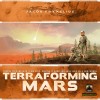

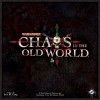







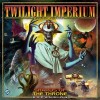


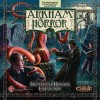















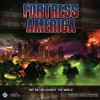












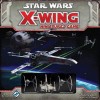






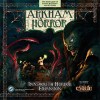
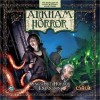














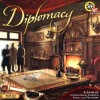









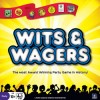











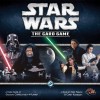





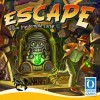

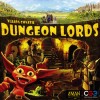












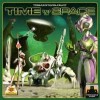



































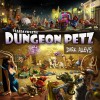





![Go to the [redacted] page Go to the [redacted] page](https://boardgaming.com/wp-content/uploads/2014/10/redacted-65x100.jpg)

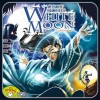






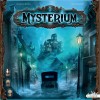



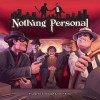












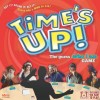

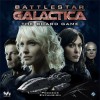
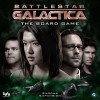
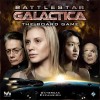



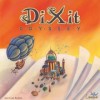

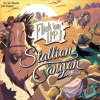













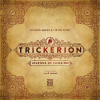

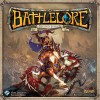









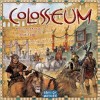








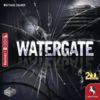




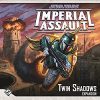
















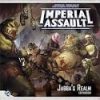








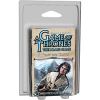


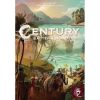



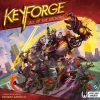




























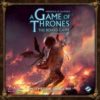








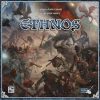



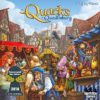


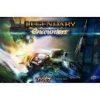
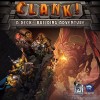


















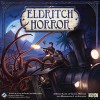




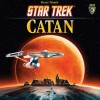




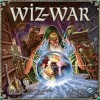




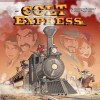






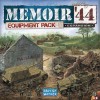



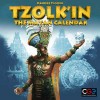

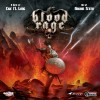










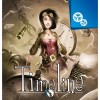



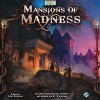









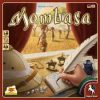
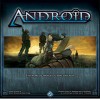






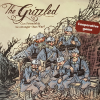
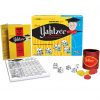

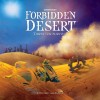















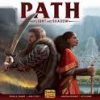










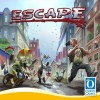


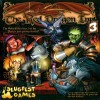


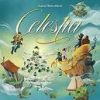
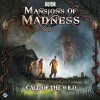
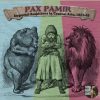


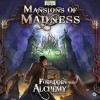
















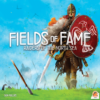

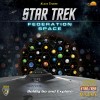











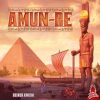






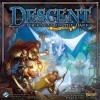

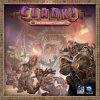





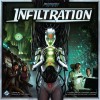








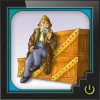
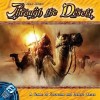


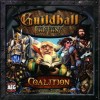










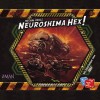



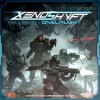

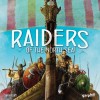
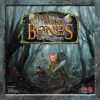





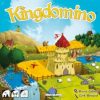


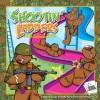












Fury of Dracula
This started as a comment in a news article. I thought it may have merit in the reviews of each game. Not my typical format, but I hope it helps!
Here’s my brief rundown of the three one-versus-many hidden movement/catch the bad guy games that I own.
Scotland Yard – Lightest of the three; Least amount of theme; Safest choice for family gaming, content completely kid friendly; Easy enough for children to play, but deep enough that adults will still enjoy; Mechanics mostly about the chase and deduction, with resource management as secondary game device; Fastest play time.
Letters from Whitechapel – Not many more rules than Scotland Yard; Theme present on components and lightly worked into mechanics; Theme most offensive of the three, would be difficult to use with family and many adults are put off or at least have qualms getting into the Jack role; Mechanics almost completely deduction oriented. Really convey feeling of sweeping the dragnet across the map and narrowing down the hunt. You know that scene in the detective movie where they use pushpins to narrow down the murderer’s hideout? This will give you the exact same feeing!; Play time not too extensive as long as analysis paralysis kept under control.
Fury of Dracula – Heaviest amount of rules, including easily forgotten once-a-game technical rules; Strongest theme of the three, to the point where rules are created just to satisfy it; All components and game mechanics dominated by theme, making this one the Amerithrash lover’s hidden movement go-to game (and yes, it has DICE! and MINIS! and COMBAT! too); could work for family gaming as long as horror theme doesn’t create nightmares; Mechanics have the least focus on the hunt of the three games. Semi-random encounters and powerful effects from cards, add another layer of strategy while often stripping away from the deduction element. The innovative combat system makes the game a “hunt and kill” game instead of just “hunt”; Longest of the three games, partially due to checking on rules that are not easily remembered.